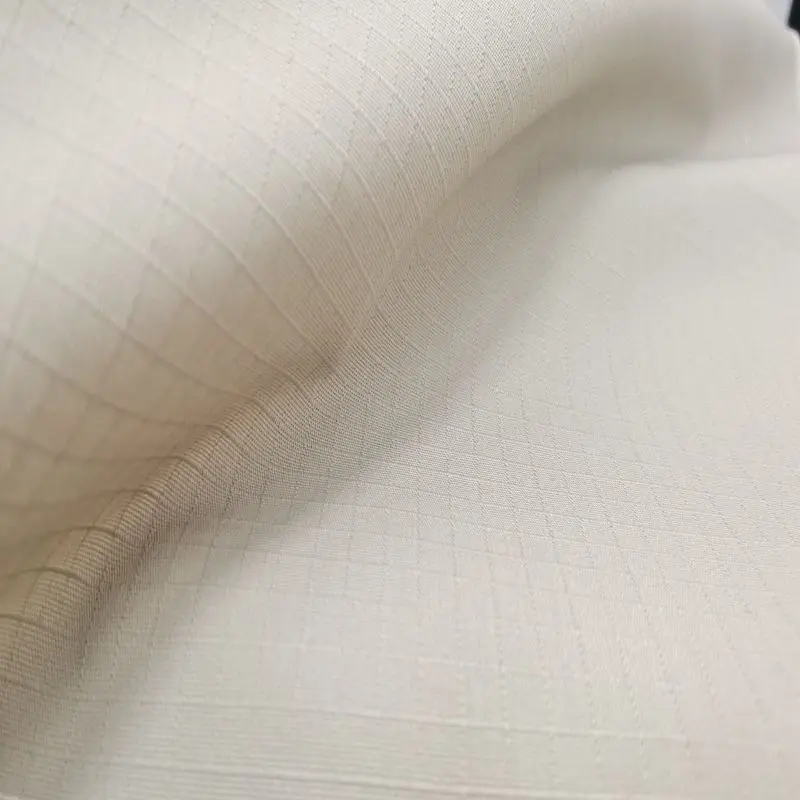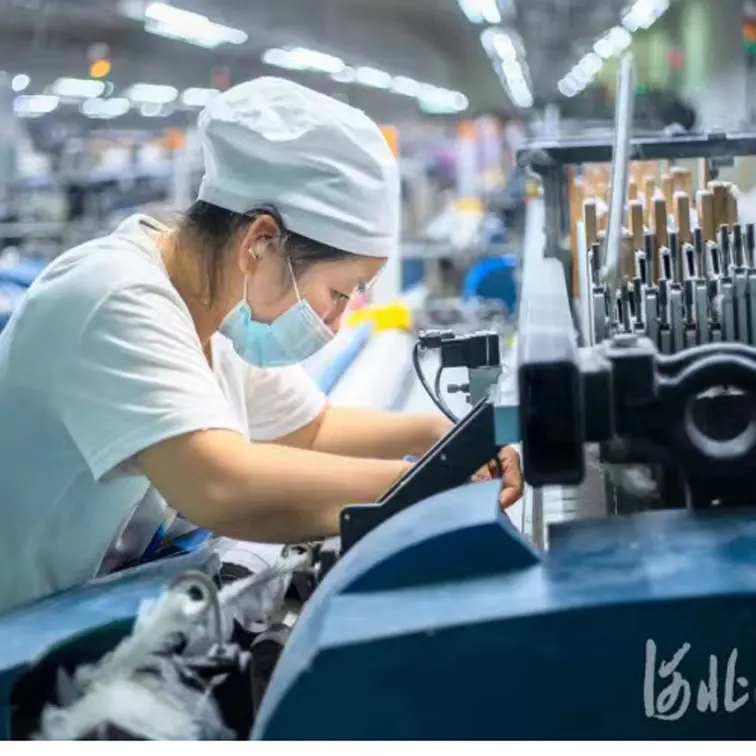Explanation 1: “Light up”
Generally speaking, the phenomenon of “lighting up” refers to the phenomenon of “homochromatic metamerism”:
Two color samples (one standard and one comparison sample) appear to be of equal color (no color difference or small color difference) under one light source (such as D65), while they exhibit significant color difference under another light source (such as A), which is called the “homochromatic metamerism” phenomenon
For this situation, we can describe it as’ lighting up '. That is to say, whether the sample can be matched with the standard sample for color matching depends on selecting a specific light source.
The fundamental reason is that the two samples have different reflections of light (reflection spectrum curves or visible band reflectivity), so it is called “Metamerism”.
The reasons for the “abnormal spectrum” include:
A. Skład pigmentów stosowanych do barwienia jest różny;
B, Różne metody przetwarzania itp.
Explanation 2: “Jumping lights”
In fact, when we talk about “Tao light” in daily life, besides the above meaning, there is another layer of meaning:
It refers to the situation where a single color sample undergoes dramatic color changes under different light sources. At this point, it can be described by “jumping the light”.
So, “jumping the light” can also be said to be a sample.
Na przykład inżynier ds. barwników w CIBA, polecając barwnik CIBA DEEP RED, powiedziałby: Barwnik ten nie przeskakuje na czerwień pod wpływem światła A.
(Autor rozumie, że ma na myśli to, że chociaż źródło światła A zawiera dużą ilość czerwonego i żółtego światła, barwnik CIBA DEEP RED nie będzie wydawał się dużo bardziej czerwony niż przy źródle światła D65.)
Czas publikacji: 10 maja 2023 00:00



















 Przyjazny dla skóry
Przyjazny dla skóry Wszechstronny
Wszechstronny Wytrzymały
Wytrzymały Zapewniony
Zapewniony
